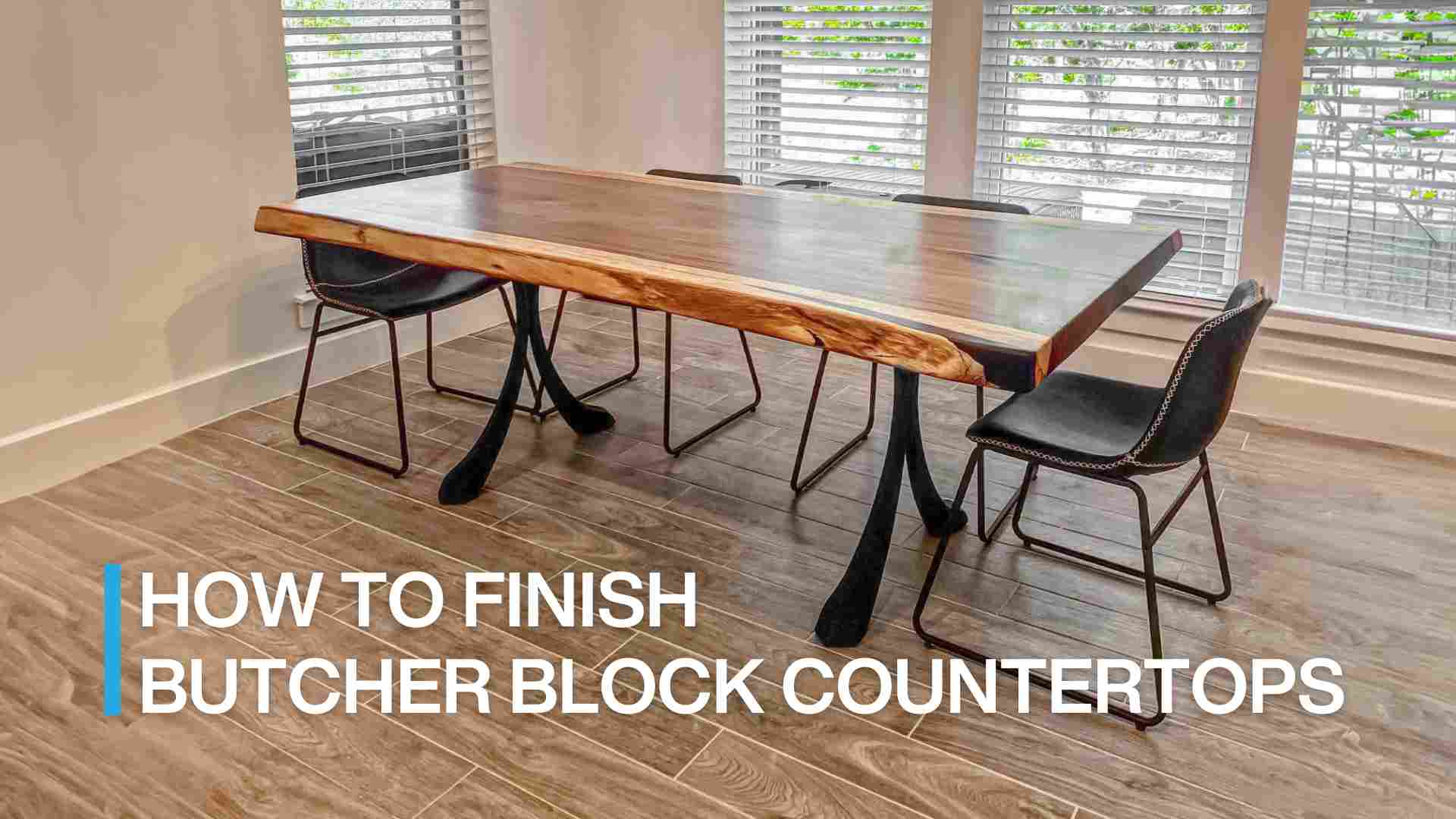What Are the Different Types of Metal Finishes?
Original article: https://flowyline.com/blogs/for-diy-ers/types-of-metal-finishes
Metal finishes are commonly used to create an aesthetic appearance that comes with outstanding physical benefits. How many types of metal finishes are there? What are the advantages and disadvantages of each type?
Metal finishing is a broad range of processes that cover the surface of a metal to achieve desired benefits, characteristics, and properties. Any type of metal finish has the same general purposes, including preventing corrosion and rust, adding strength, and maintaining long term beauty. Now let's start exploring the popular types of finishes for metal.
Painting

The traditional way of adding liquid to metal is painting
Credit: @brand407871052 on Canva
Painting is the traditional way of applying liquid to metal by brushing, spraying, or dipping. The paint varies from solvent based to solid-based paints. The paint is air-dried naturally or placed in an oven.
Types of paint finishes for metal have many advantages, such as:
- Diverse colors and high personalization
- Often has a low initial cost
- There is no need for an oven to dry.
- Easy to achieve a high-gloss finish
Besides, it also has disadvantages, such as:
- It easily peels off over time and needs to be touched up.
- The paint layer is highly flammable and can cause damage and danger.
- Harmful gasses, such as VOCs from traditional wet paint, especially in closed spaces.
E-Coating

E-coating is a wet method where parts are cured in an oven after being dipped in a paint liquid
Credit: ©Petri Oeschger on Canva
Electroplating, also called electrodeposition or e-coat, is a metal finishing process by coating a metal or alloy on top of another metal object, called a substrate. The base material is usually lighter such as copper or nickel. To optimize strength and conductivity, manufacturers often layer multiple layers of metal. They can be brass, copper, gold, iron, silver, titanium, zinc, and nickel.
The process of electroplating strengthens a metal against rust and corrosion. It's frequently used to finish pots and pans, sink taps, tin cans, coins, jewelry, and car parts.
However, e-coat does not come in a variety of colors, usually only available in black or white, and is not stable to UV rays.
Polishing

Metal polishing includes mechanical polishing, chemical polishing, and electropolishing
Credit: ©Baloncici on Canva
Polishing removes surface imperfections, improves appearance, and is relatively cost-effective. It is not just one of the popular types of metal finishes for furniture; it is also used in everyday life, such as polishing jewelry, watches, and eyeglasses. Metal polishing includes 3 main types:
- Mechanical polishing: Uses polishing wheels, belts, or pads
- Chemical polishing: Immerses the metal in a chemical solution that dissolves the surface layer, resulting in a smooth and even finish without mechanical abrasion.
- Electropolishing: Uses an electric current and a chemical bath to remove microscopic surface irregularities, creating a highly polished and reflective finish.



Comments
Post a Comment